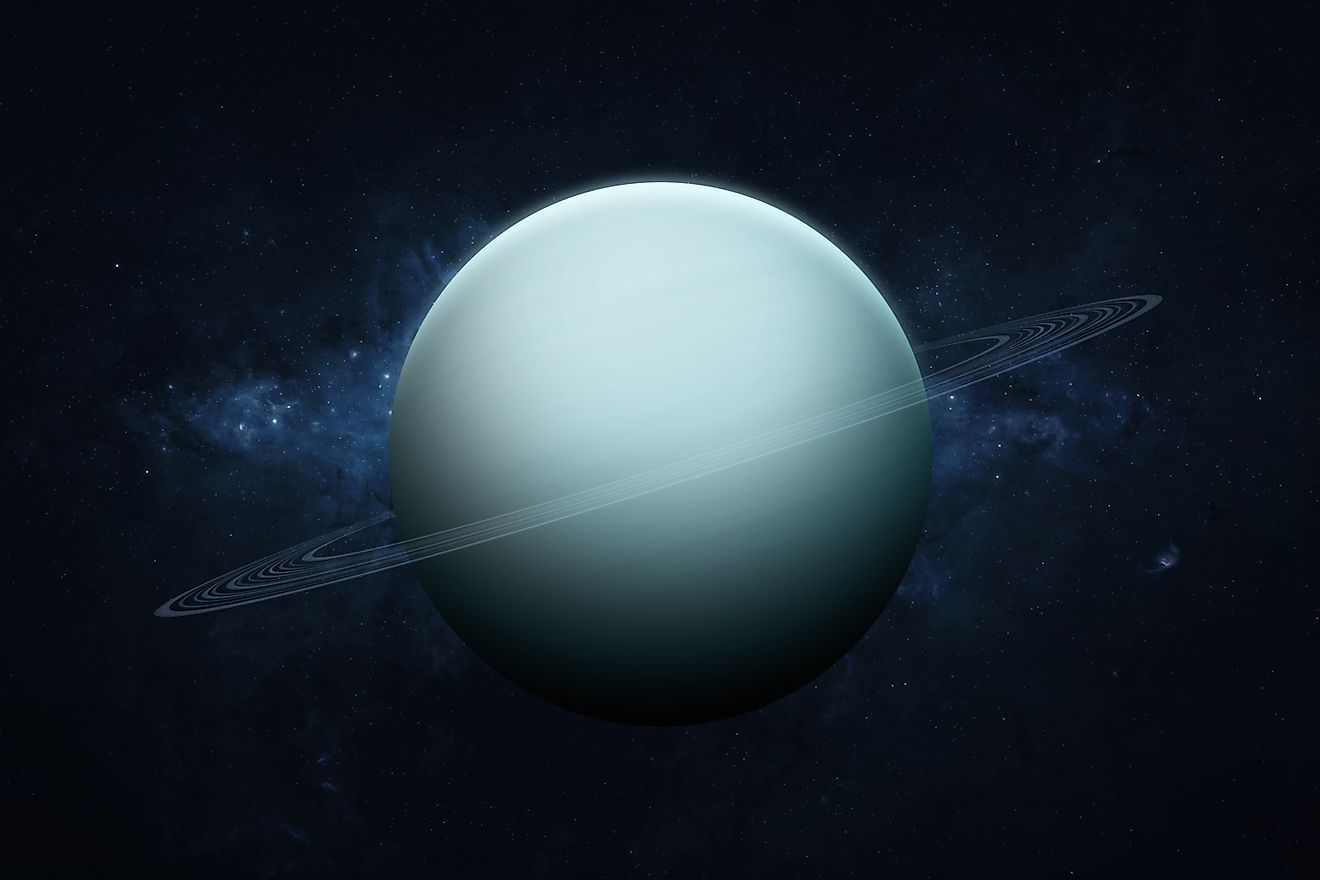
How Big Is The Milky Way?
When we look up at the stars on a clear night sky, nearly everything we can see is part of the Milky Way Galaxy. If you’re lucky enough to live somewhere with little to no light pollution, you will be graced with a fantastic view of our galaxy’s interior, allowing you to see countless stars. From our perspective here on Earth, it is fairly obvious that the Milky Way is gigantic. In fact, the Milky Way is one of the largest galaxies in its galactic neighborhood. How big is the Milky Way and how is its size determined?
Calculating The Size Of The Milky Way

Determining the size of our home galaxy is no easy task. Finding distances in space itself is difficult. Astronomers used to rely on a method known as parallax to calculate distances in space. The method itself is fairly simple, and you can even try it out yourself. Hold your thumb in front of your face with your arm stretched out. Then close one eye while leaving the other open. Change between which eye is open and which is closed, and you will notice that your thumb appears to be changing position. To determine how far away your thumb is from your eyes, you calculate the distance between your eyes and the change in the angle of your thumb as it appears to change position. By knowing the distance between your eyes and the angle, you can determine how far away your thumb is. Obviously it would be far easier to just use a ruler or tape measurer, yet things are not so easy in space.
To use this method in space, astronomers must first determine the diameter of Earth’s orbit around the sun. We can think of the Earth’s orbit as the distance between our eyes. As the Earth moves around the sun, the apparent position of objects in space appears to move in a way similar to how our thumb appears to move when we close and open our eyes one at a time. By knowing the diameter of Earth’s orbit and the change in the angle of distant objects, we can determine the distance to them. Parallax is a fairly simple method, and it works well for objects that are relatively close to us. However, the further away an object is, the less accurate parallax becomes. Parallax works well for objects up to 6,000 light years away, yet it starts to become less accurate as you move further out. Although more advanced technology has allowed us to use parallax for distances up to 30,000 light years, the error in these numbers is fairly high. Thus, to determine larger distances in space and find the size of our galaxy requires different methods.
Variable Stars
The most reliable method for finding large distances in space is by using variable stars. Variable stars are stars whose brightness changes over a short period of time. When we look at a star, the light we see is called apparent brightness, meaning it is the brightness the star appears to be. This is different from a star’s absolute brightness, which is the brightness a star actually is. There is a direct relationship between distance and brightness. If an object is further away, it will be dimmer than if it was closer. By knowing the absolute brightness of an object, we can determine how far away it is. Unfortunately, determining absolute brightness is difficult and nearly impossible for most stars. However, one way of determining the absolute brightness of a star is by determining how its apparent brightness changes. Most stars do not change their brightness over a short period of time, yet variable stars do. By observing a variable star and calculating the difference in its apparent brightness, astronomers can determine how bright the star actually is. By knowing the star’s absolute brightness, they can determine the distance to the star. Using this method, astronomers have been able to estimate the true size of our galaxy. Most estimates place the size of the Milky Way between 100,000 and 200,000 light years across.











